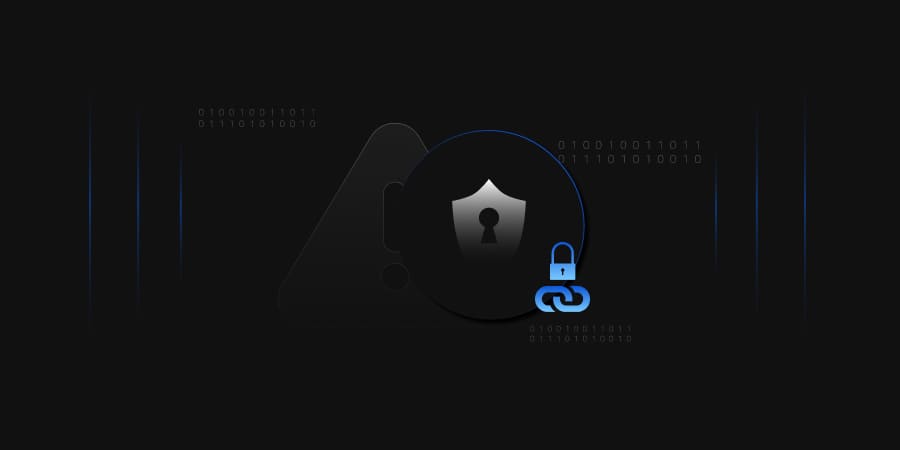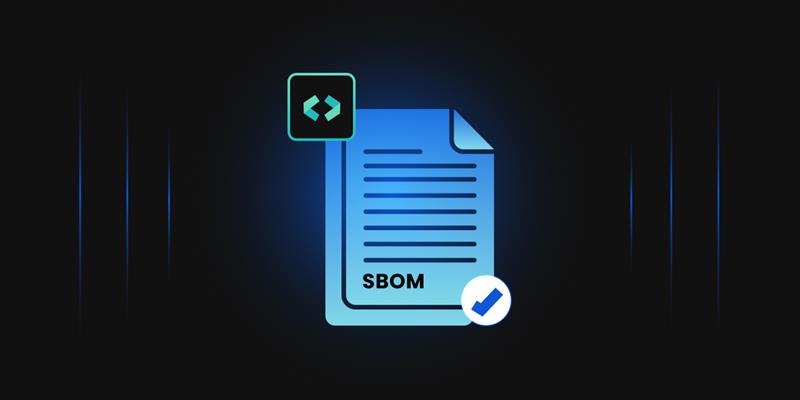Regardless of size or vertical, an organization that uses unauthorized code or software is vulnerable to a variety of cyber threats. Attackers will exploit these vulnerabilities in code or software to execute malicious code, which can lead to compromise within the organization.
These attacks can also lead to serious consequences such as data breaches, financial losses, and even reputation damage. To avoid these vulnerabilities, it is very important to maintain a secure chain of trust for code signing. This will ensure confidentiality, integrity, and authenticity for a secure code signing experience.
Understanding the Code Signing Trust Chain
The code signing accepted as true with chain is a sequence of steps designed to make certain that the code turned into advanced from a confirmed supply and stays straightforward and untouched in the course of its lifecycle. This is accepted as true when the chain makes use of numerous cryptographic strategies to confirm that code hasn`t been tampered with and may be properly utilized in a stable environment. This enables to confirm the code`s identification and integrity.
The foremost motive of the code signing accepted as true with chain is to shield the software program atmosphere from unauthorized and malicious code. By imposing this acceptance as true within the chain, agencies can reap authenticity and integrity and manage the execution of rules inside an organization`s systems.
The Dangers of Weak Links in the Trust Chain
Any weak or broken link in the trust chain can expose your organization to a wide variety of cyber-attacks. Understanding these risks is very important for reinforcing security measures. Potential attacks your organization could face are:
-
Malware Distribution
These weak links can allow malicious attackers to distribute malware disguised as legitimate software to the end-users. If a code signing process is not secure, these attackers can sign malware with a seemingly valid certificate, which may lead to a data breach and propagation of harmful software.
-
Supply Chain Attacks
In a supply chain attack, a single compromised point in the software distribution or development circle can lead to an opening for malicious code, which in turn will corrupt the entire code base. This may affect numerous systems and users, so it is very important to keep every part of your software supply chain secure by maintaining a strong trust chain.
-
Data Breaches
If a trust chain is weak, unauthorized code can get executed, which will result in data theft. An attacker will exploit this vulnerability to extract sensitive information or personal data, which will lead to significant damage to your organization’s reputation.
-
Privilege Escalation
Unauthorized code execution may lead to attackers gaining privilege within a system. This will allow them to gain more access to the system resources or sensitive data, which in turn will allow them to take control of critical system functions.
-
Rootkit Installation
Rootkits are malicious software that are designed to stay dormant and hide their presence to gain stealthy access to a system. Weak links in the trust chain enable attackers to install rootkits, which can remain undetected for a long period of time and gain control of compromised systems.
-
Man-in-the-middle Attacks
During code transfer, attackers can interpret and alter code and insert malicious payloads in it. If this altered code is trusted and executed by the receiving system, it will be damaging to the system.
The Four Pillars of the Code Signing Trust Chain
The following four pillars can help an organization in building and maintaining a strict code signing trust chain, which enhances their security posture:
-
Authenticity
Authenticity means checking to ensure that code has originated from a trusted source or not. This helps in proving the code’s legitimacy. To ensure authenticity, the code is digitally signed by a private key stored in a cryptographic device called an HSM (Hardware Security Module). Then, a digital signature is created using this private key, which is attached to the code. It is very important to verify the origin of the code, as it helps prevent malicious code from getting executed.
-
Verification
This process checks the digital signature generated in the above step against a trusted certificate to confirm the code’s authenticity and integrity. Once the code has been signed, the digital signature that was attached to it is verified using a public key provided by a trusted Certificate Authority (CA).
This process ensures that the digital signature is valid and the code hasn’t been tampered with after being signed. Without proper verification, unauthorized or malicious code can be executed, leading to security issues.
-
Integrity
This term refers to ensuring that the code remains untampered and unchanged from its original signed state. A hash function is used to maintain integrity; this function generates a unique hash value for the code before signing. Any changes in the code will result in a different hash value.
So, during the verification process, the hash value of the code is compared to the original hash value. If they match, then that means the code is unaltered; if not, the code may have been tampered with. Ensuring integrity helps protect against tampering and enhances the overall security of the software.
-
Execution Policy Control
This process involves setting and applying policies that control which code will be allowed to be executed within an environment based on certain security criteria. Strict policy enforcement is important to block unauthorized code from being executed. If only authorized code is made to run, organizations can prevent the risk of executing malicious software.
Best Practices and Ongoing Maintenance
It is important to maintain a strong code signing trust chain. Let’s look at a few of the best practices:
-
Regular Updates
As cyber threats are evolving rapidly, policies and configurations must be constantly updated to remain protected. The action steps are:
- Regularly update code signing policies.
- Always keep systems and software patched.
- Code signing certificates should be renewed before they expire.
-
Continuous Monitoring
Real-time monitoring helps detect and respond to security incidents quickly. The action steps are:
- You should use automated monitoring tools for code signing activities.
- Regularly analyze logs for any suspicious activities.
- Maintain detailed records of code signing activities.
-
Incident Response Plan
Despite all the precautions and security measures, incidents might still occur. If a clear incident response plan is present, an organization can respond quickly and effectively to resolve the issue or damage. The action steps are:
- Define team roles for incidents.
- Develop and document incident response steps.
- Conduct drills to test response plans.
- Analyze incidents to improve defenses.
Conclusion
A strong code signing trust chain is required to protect against cyber threats. Applying authenticity, verification, integrity, and execution policy control, as well as following the above-defined best practices like regular updates, continuous monitoring, and having an incident response plan, will enhance your security.
For the best protection, consider Encryption Consulting’s CodeSign Secure. Our solution offers end-to-end code signing management, which ensures that the software remains tamper-free and authentic. With our solution, you can prevent unauthorized code from being executed and safeguard your organization’s reputation and data. Strengthen your code signing trust chain with Encryption Consulting’s CodeSign Secure for security.




